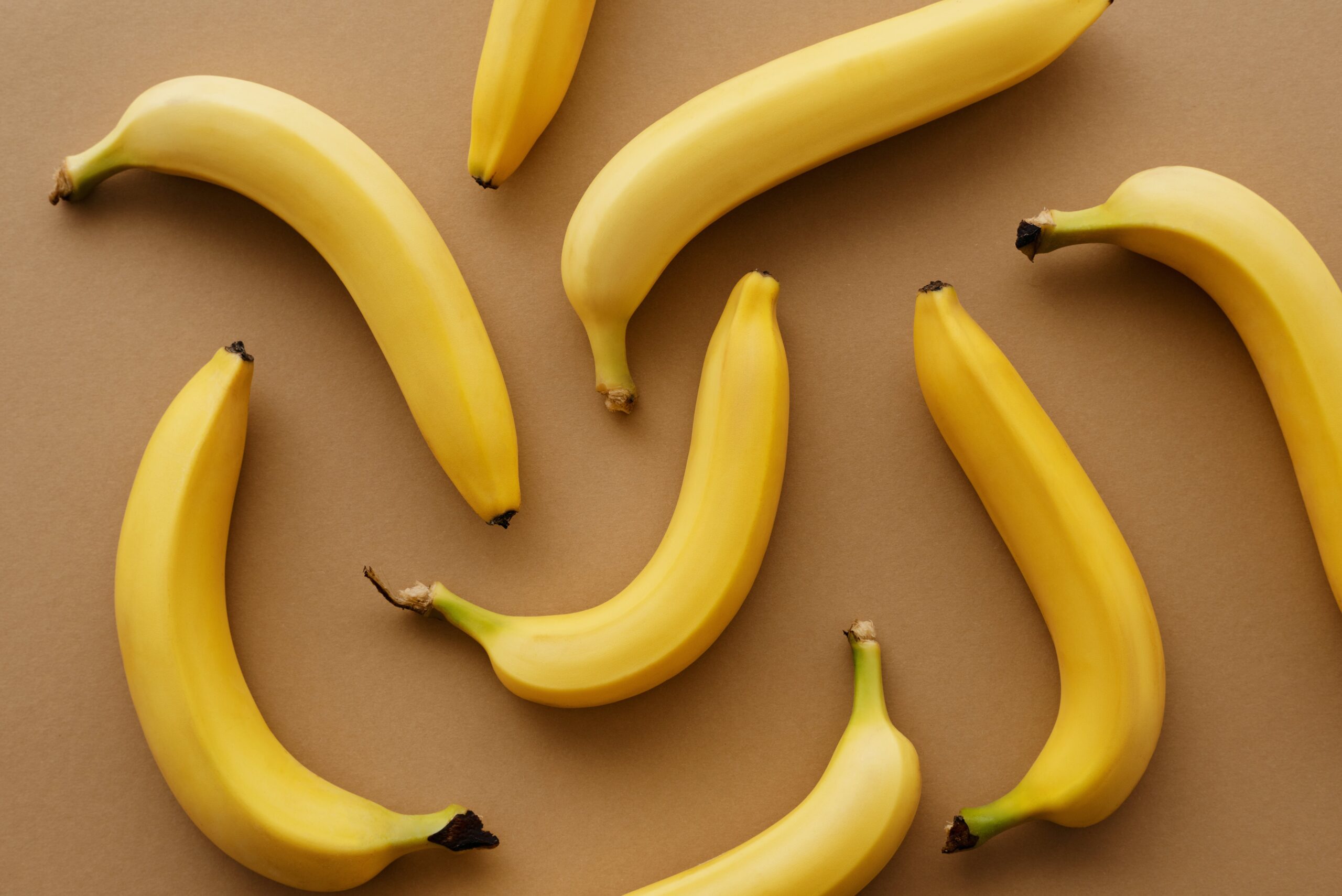Bananas have been around the earth for thousands of years and have been enjoyed by many as a healthy dish. They are a part of the Musa family, and they produce different kinds of herbaceous flowering plants. Their size, color, and firmness are distinguished based on their types or variety. Still, they often have a curved and elongated shape along with a soft flesh that is rich in starch. In this article, we are going to learn about how bananas grow, the parts of a banana, and the different varieties of this fantastic fruit.
Growing Bananas
Did you know that many scientists believe that bananas were the first fruit in history? Bananas have been growing for over 10,000 years, and researchers believe they were first cultivated in Southeast Asia. Since then, bananas have expanded and can be found growing in about 150 countries worldwide. Typically, bananas grow in tropical regions, such as the rainforests in Central and South America, because flourish well when they are in a hot and moist climate.
Bananas grow on plants called banana palms. Most people consider that banana palms are trees, but they are not, because they are actually considered as an herb. In fact, banana palm is the largest herb in the world. When fully grown, the bananas look like the fingers of the plant. In fact, the word banana is derived from the Arabic word meaning finger, and a group of bananas is referred to as a hand.
When the banana is ripe, it is plucked from the palm and put on a ship for delivery to other countries. The softness of bananas makes them easy to bruise, but one bruise on a banana makes it drop in price because people are less likely to buy it. This means that the people on the ship must be cautious not to drop or squish a banana.
Parts of a Banana
The banana that you eat is the fruit that comes from the flower of the banana palm. The banana itself has three parts: the seeds, the flesh, and the skin. The seeds of banana are tiny. They are so small that you don’t even realize that you are eating them. The flesh of the banana is the central part that you eat. It is squishy and full of nutrients. Most people do not eat the skin of the banana due to its thickness and bitter taste.
Types of Bananas
- Apple Bananas – This type of banana that is exceptionally sweet. They are typically grown in the tropical forests in Hawaii. It has a firm flesh that has a pinkish color. They are perfect for snacking and mixing in desserts such as fruit salads.
- Cavendish Bananas – This is the most common type of bananas. They are the ones that you can often see at supermarkets around the United States. They can have from under-ripe green to perfectly ripe and mellow yellow color. Their ripeness depends on your personal taste. If you happen to leave Cavendish bananas for too long and they became super ripe and brown, you can use them to make smoothies or banana bread.
- Lady Finger Bananas – This type of banana is sweeter but smaller compared to the longer and milder Cavendish bananas. You can also use this in making banana bread or smoothies.
- Red Bananas – There are several varieties of red bananas. Still, this type of bananas is the sweetest bananas in the banana flavor family.
- Cooking Bananas – This type of banana can be steamed, roasted, used as a starchy vegetable, and even fried into tasty chips. You can often see them in the market while they are green.
- Blue Java Bananas – This type of banana is also called as the ice cream banana because it has a creamy texture along with a sweet vanilla flavor. As their name implies, they have a blue peel with white flesh. The Blue Java banana tree are pretty sturdy and they can grow in places with colder climates.
Fun Facts
Bananas have many health benefits due to their high levels of potassium and other vitamins, including giving you good heart health. In addition to being an excellent choice for a healthy snack, bananas have other benefits. Have a dirty shoe? The inside of a banana peel makes a superb shoe polish.
